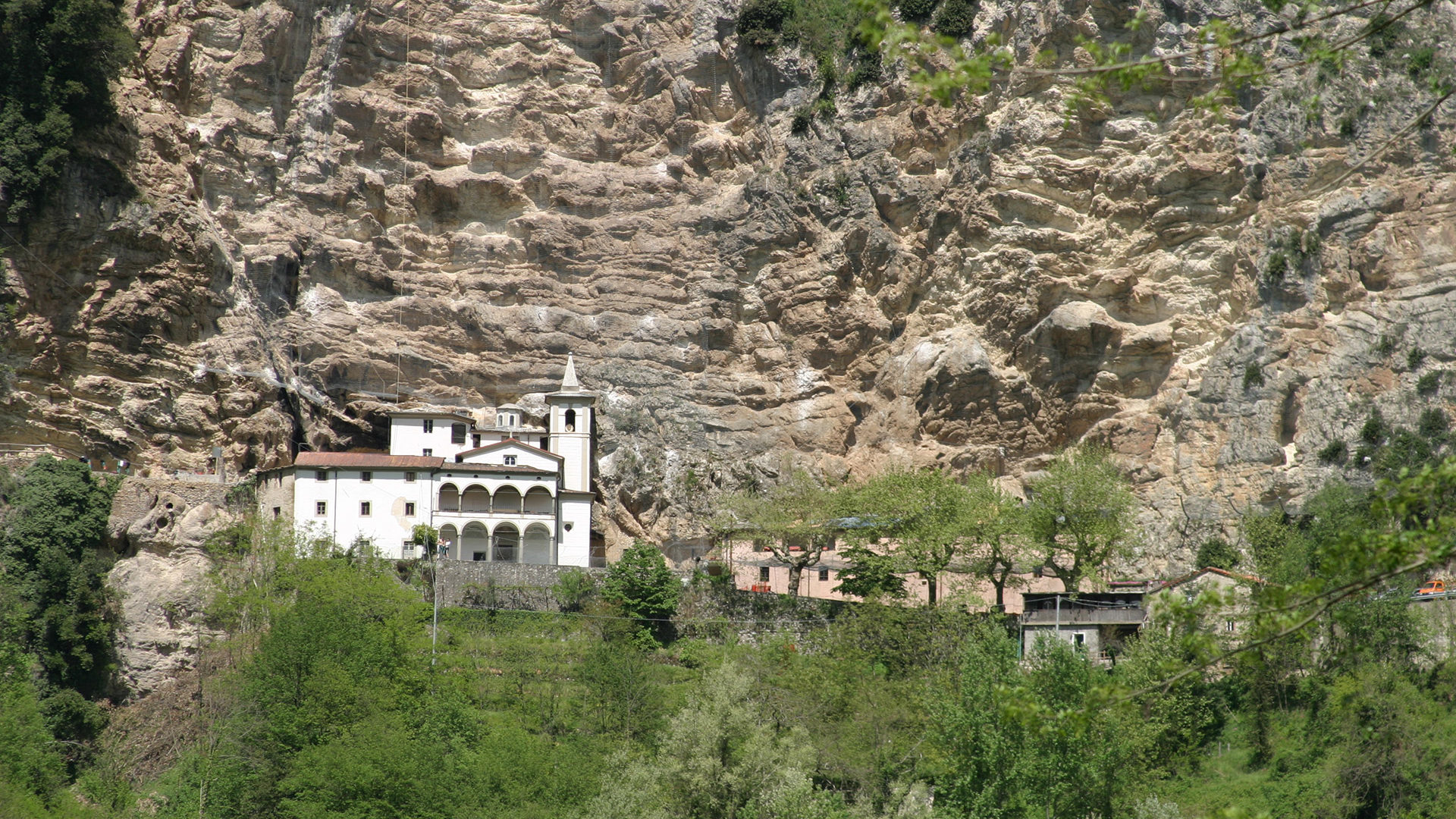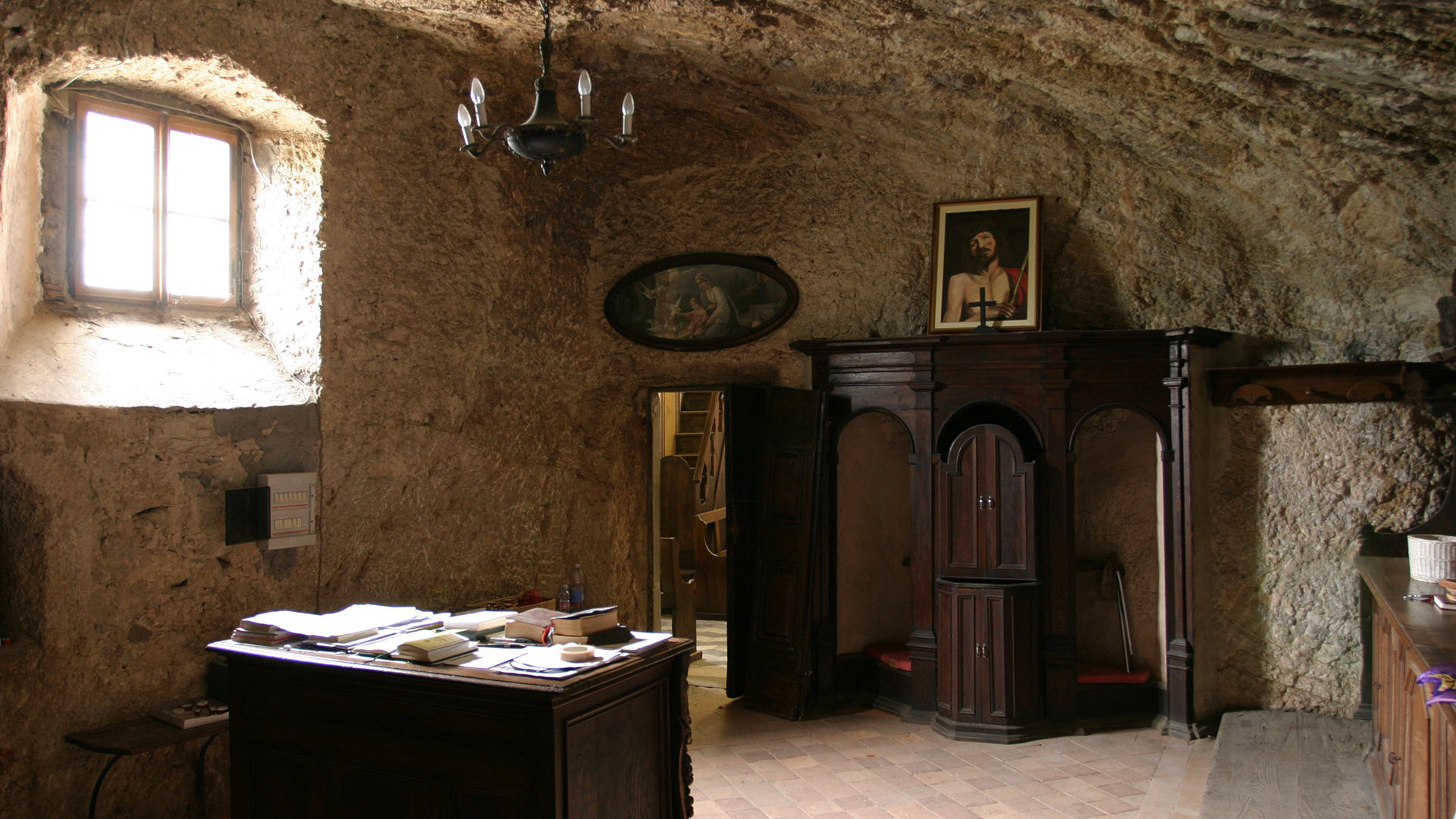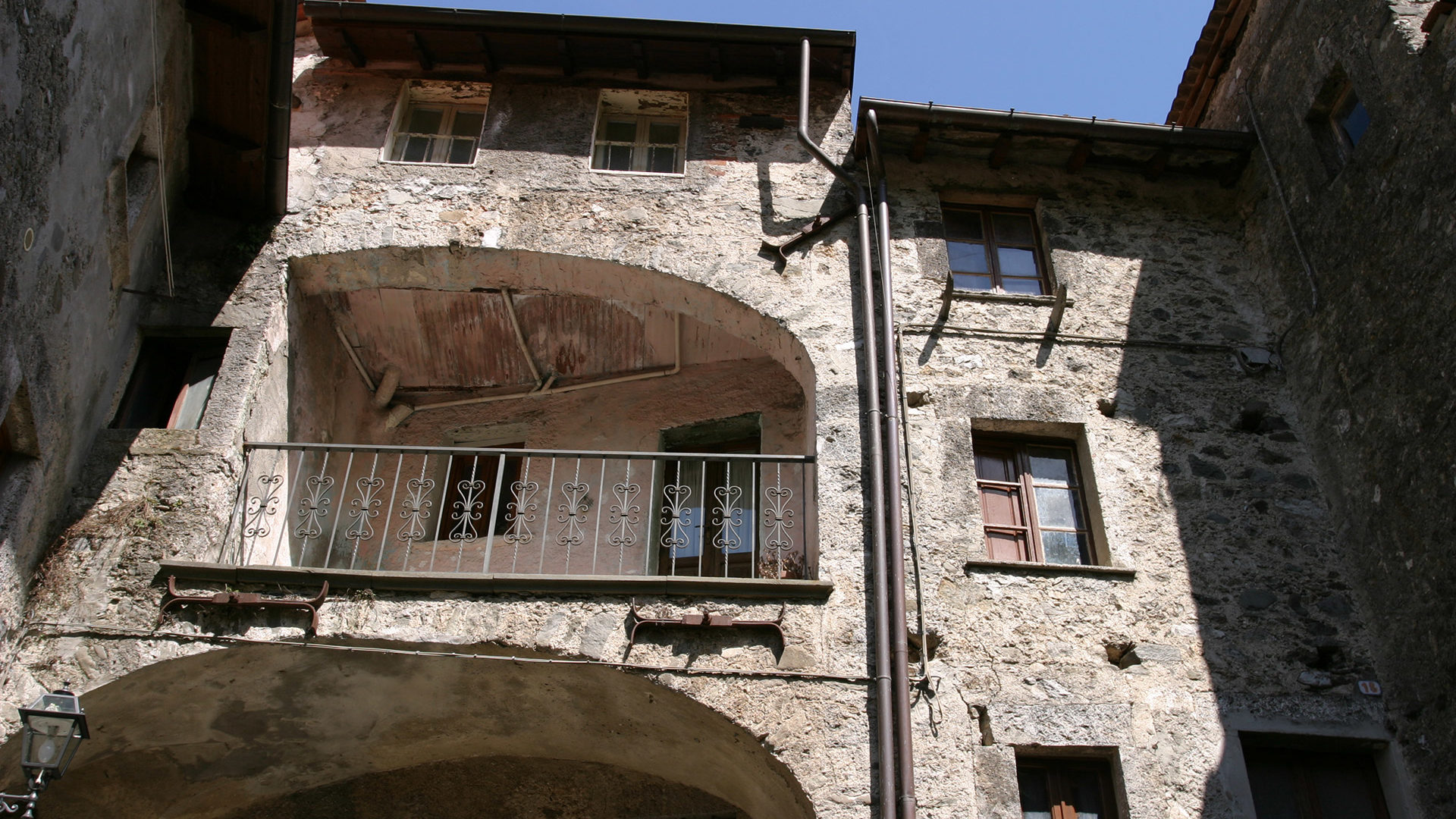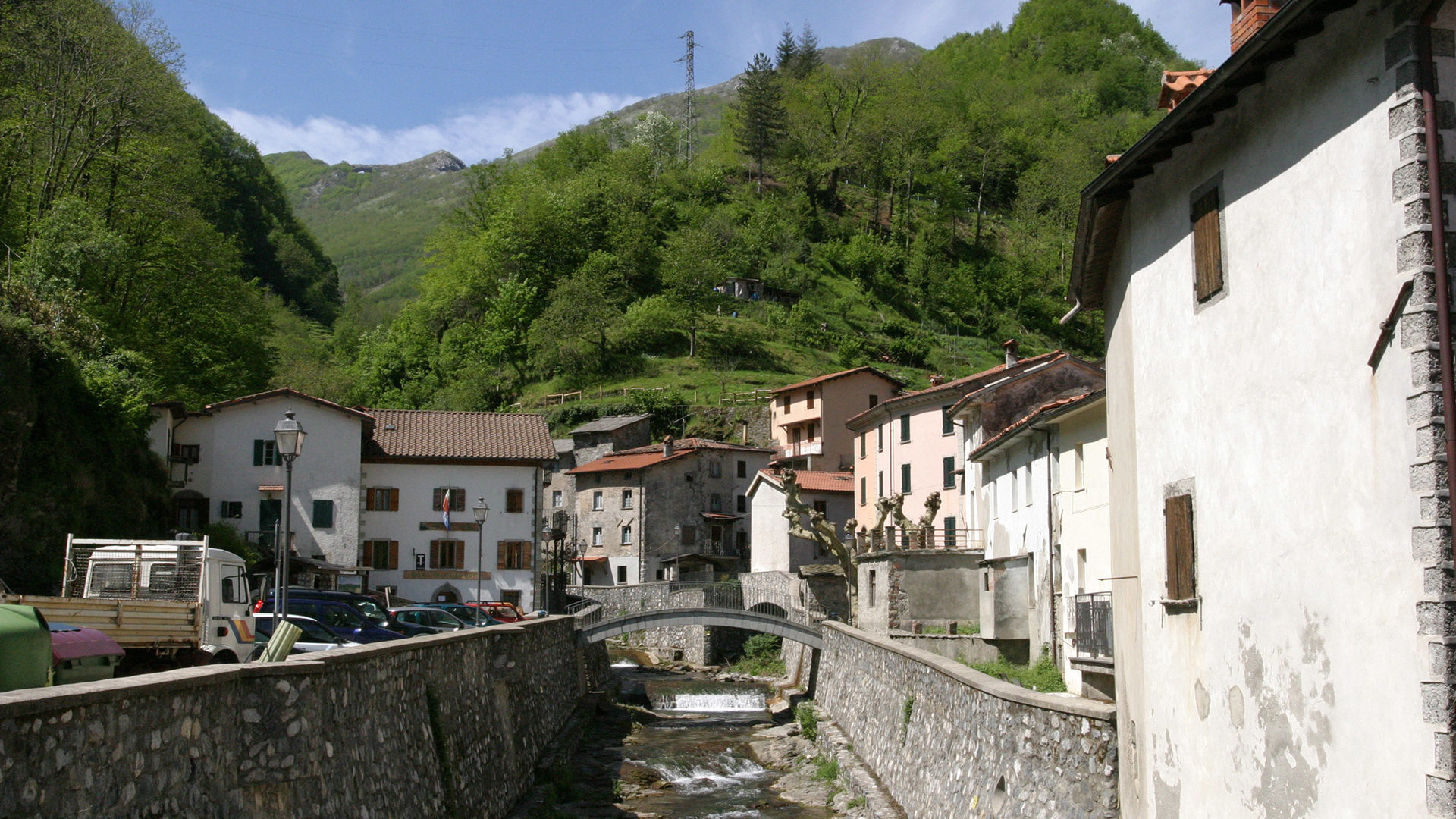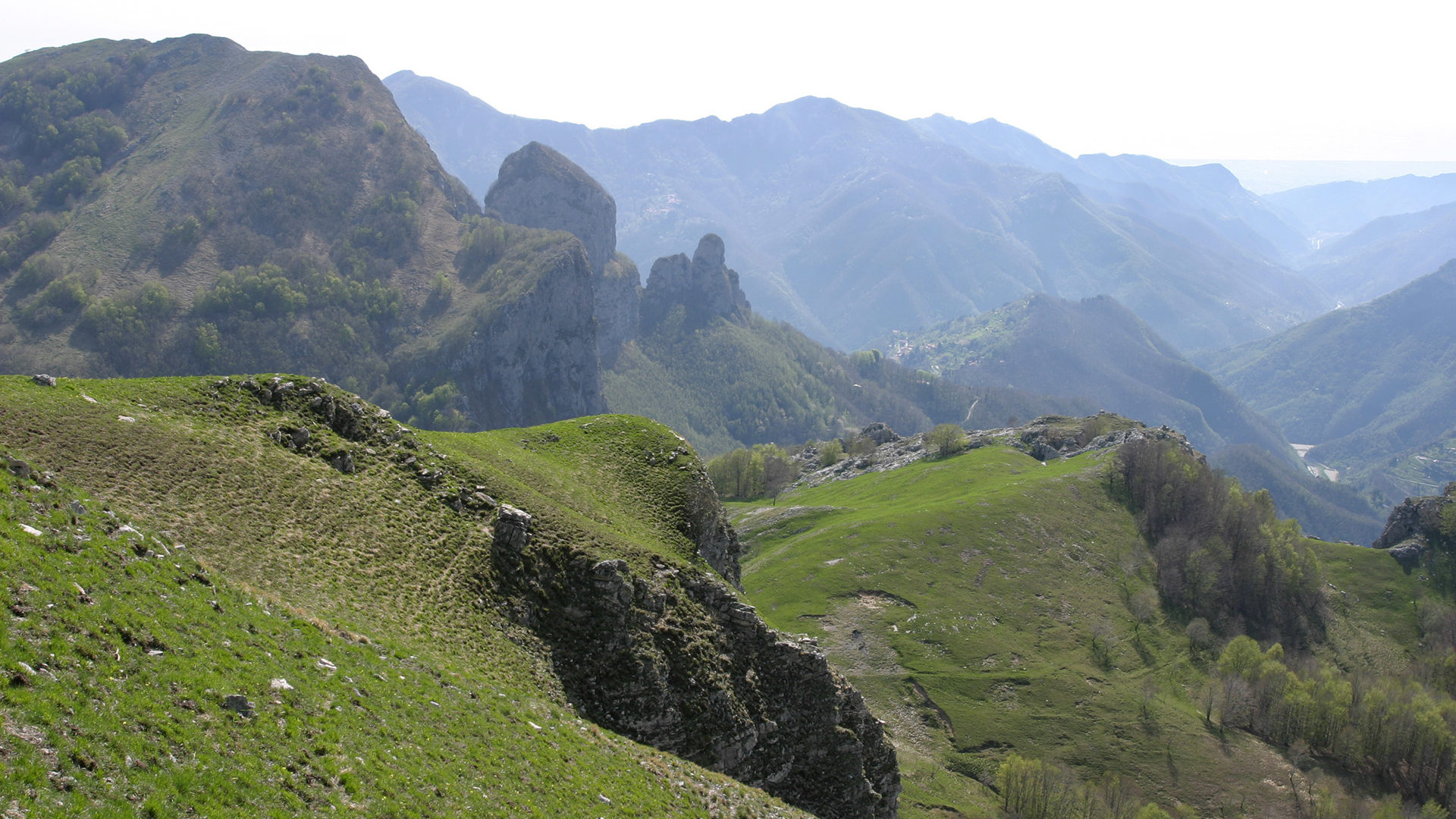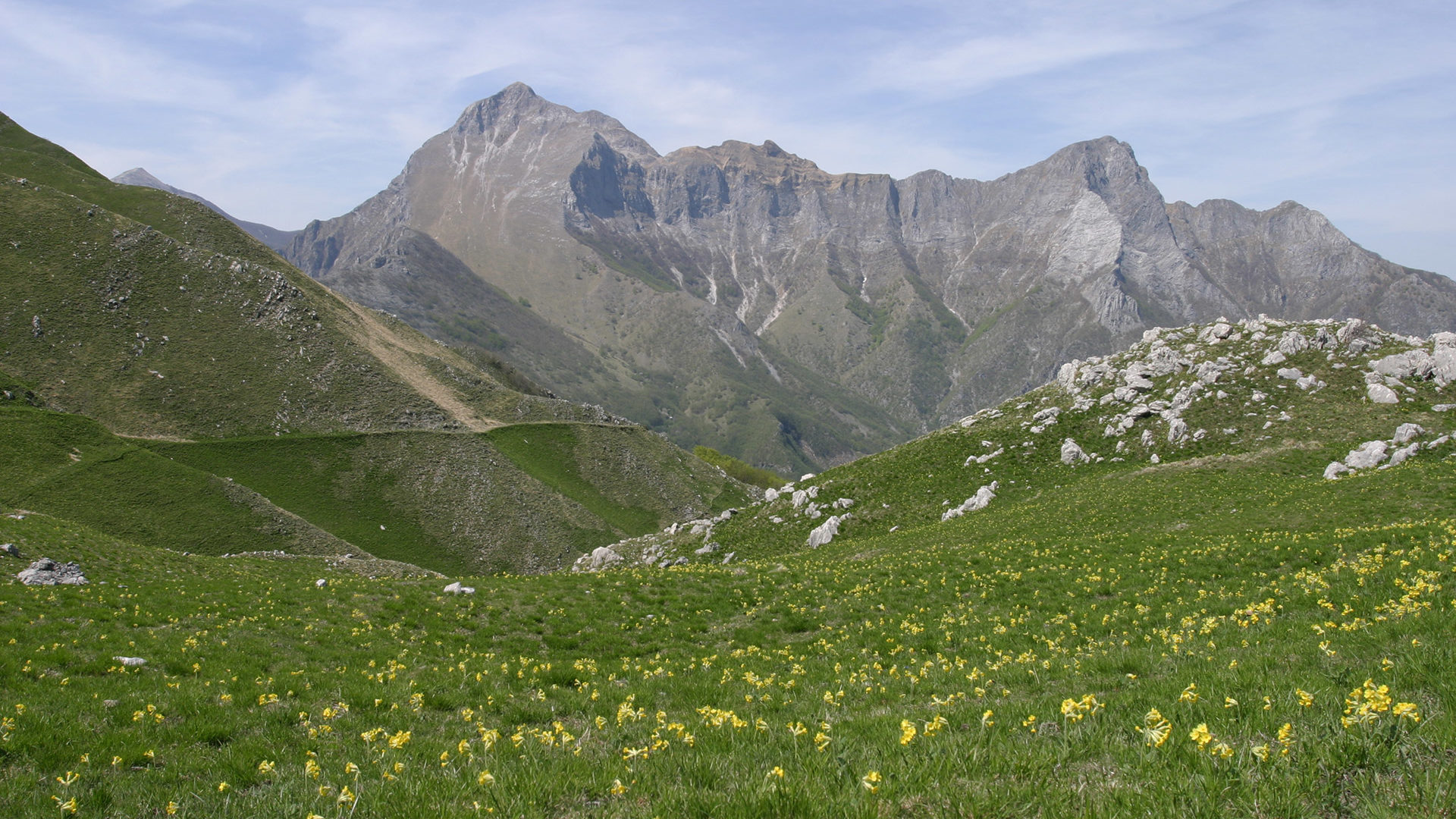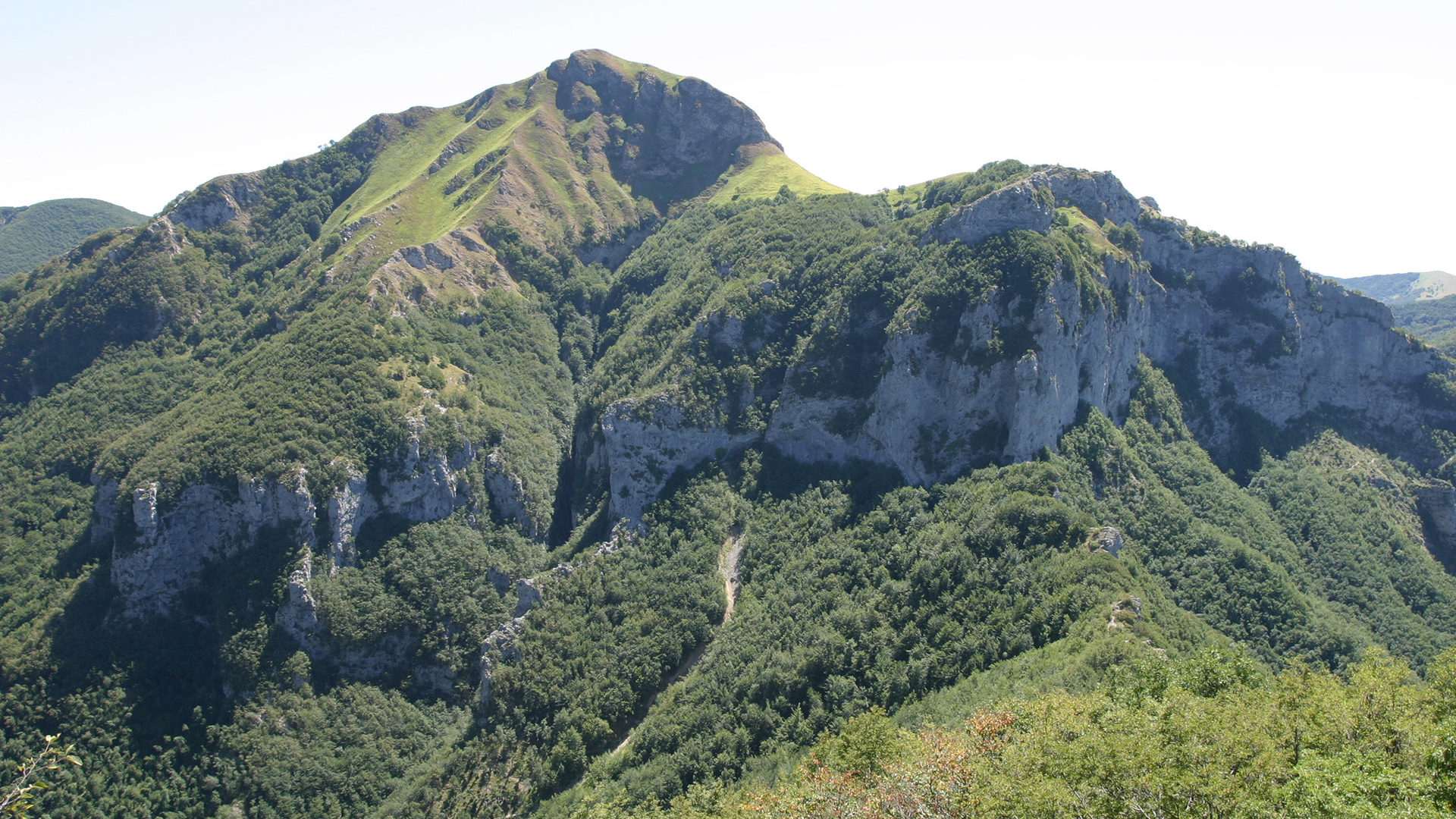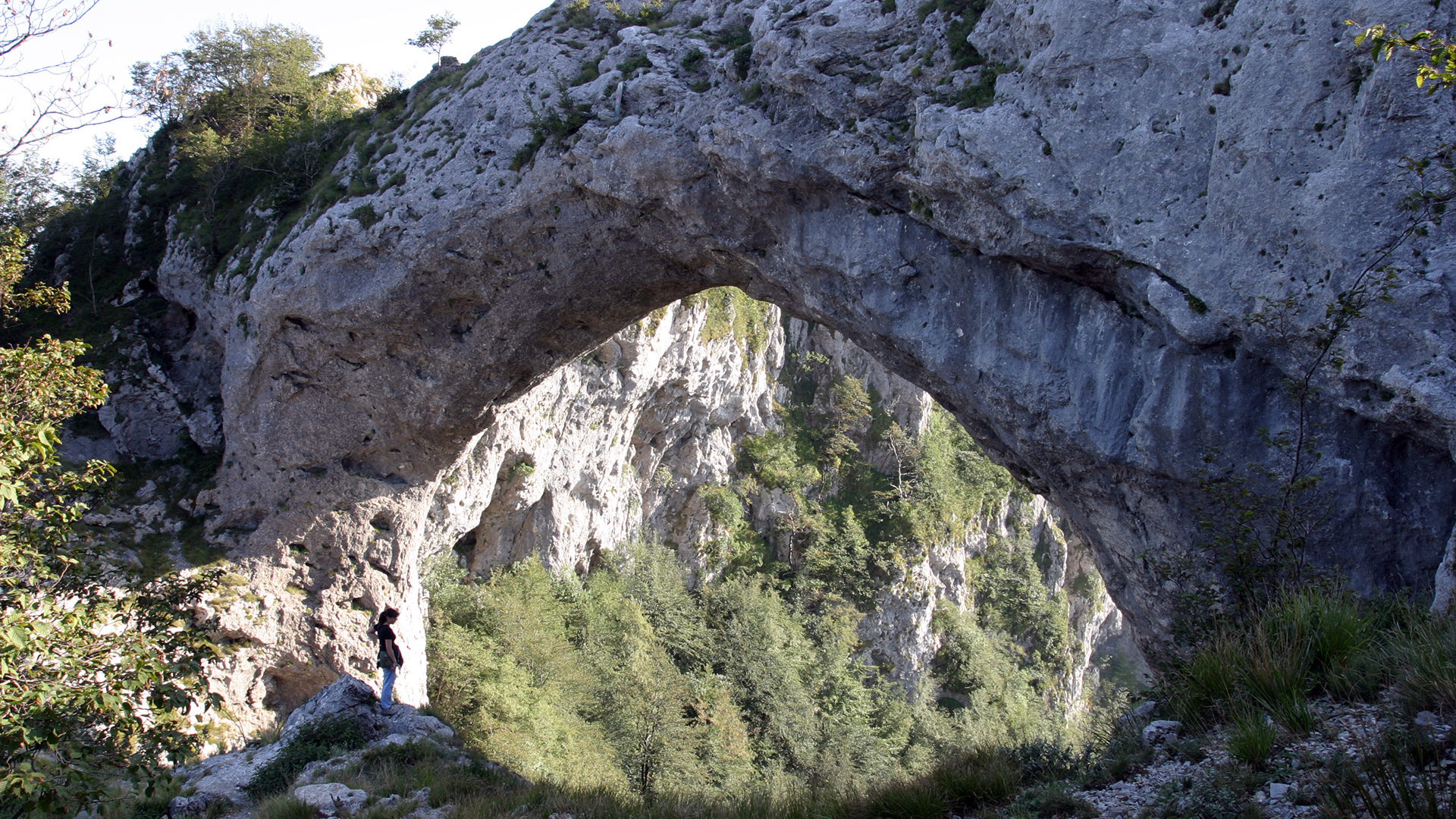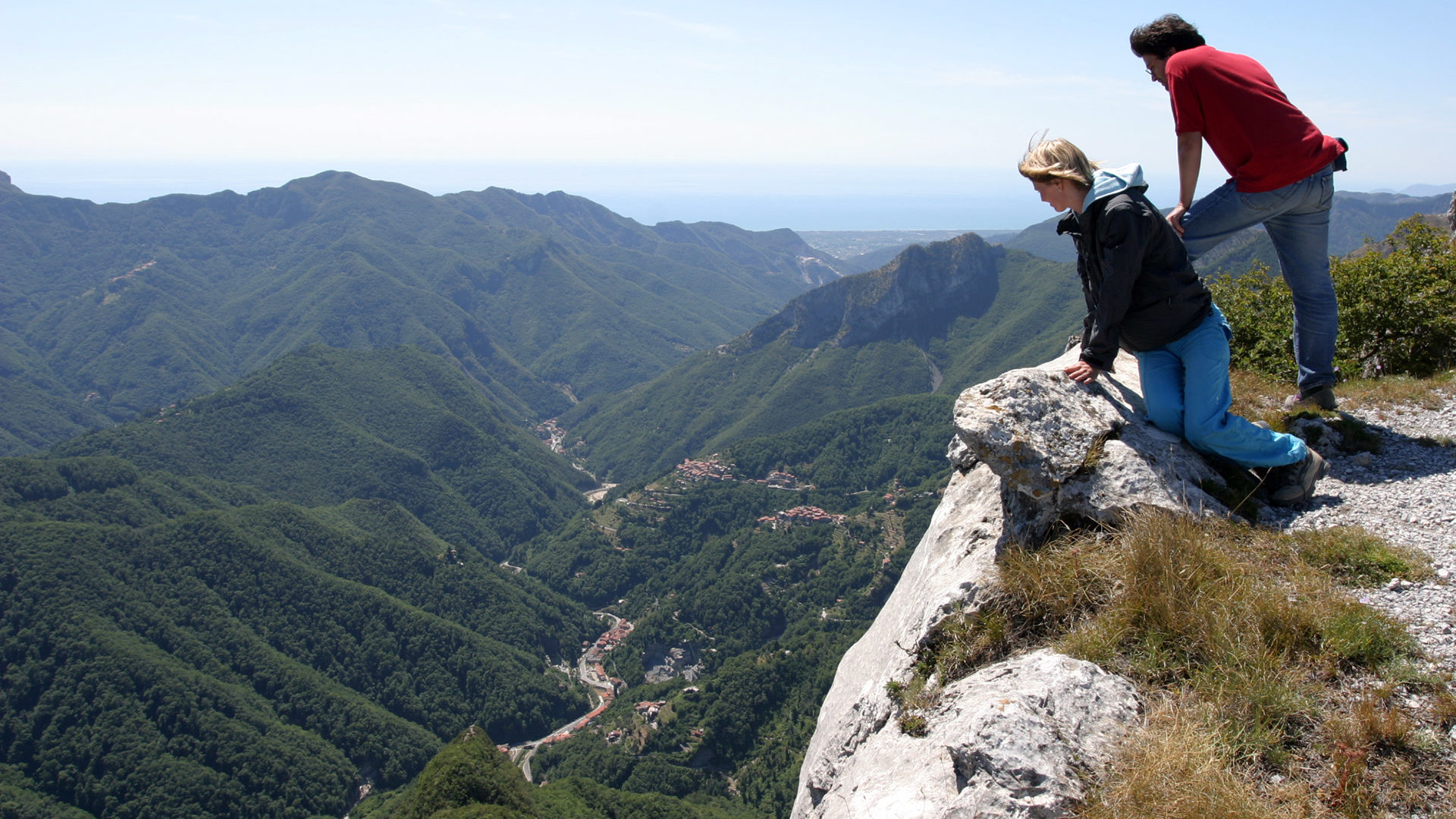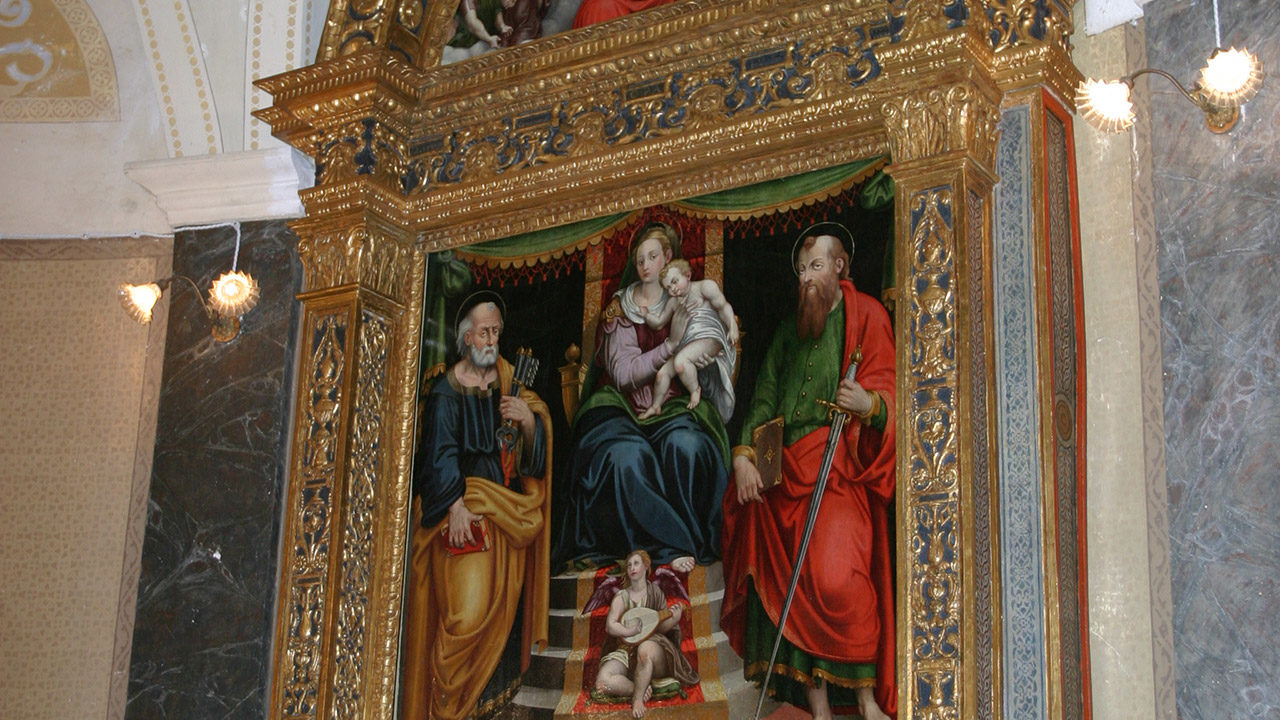Taking the road that goes to the Grotta del Vento, about three kilometres past Gallicano, the white facade of an impressive sanctuary can be seen, characterized by a series of arches held up by slender sandstone columns.
The origins of this temple go back to ancient times. As far as is known it appears that the first worship place was a small cave made wider by chiselling out the rock about 1400 years ago. It is difficult to think that the great fascination of the place, the always mild temperature and presence of an abundant stream of fresh water would be left unnoticed by prehistoric man, from the Ligurians to the Etruscans, especially if it is considered that the latter also used another cave with similar characteristics as place of worship: the Buca di Castelvenere, near Cardoso (Gallicano), where more than eighty bronze votive statues were found. If it was possible to excavate under the apse of the eighteen-century church, precious testimony of this remote past would probably come to light, but this is highly improbable because it would mean destroying that jewel of Baroque art that is the main church.
Although the church extends for two thirds within a natural cavity, inside it is not possible to see the bare rock in any point, since it has been completely covered by artistic decorations and architectural features. The natural light comes from windows which flank the door and from a small dome above the vault of the only aisle. Both the dome and the bell tower with a pointed roof are protected by the overhanging rock face above.
The rock and the marks left by chisels following the expansion made over the following centuries make up the main characteristic of the sacristy, the numerous rooms, the old kitchen and the so-called “old church”, which is situated a few metres distance away, in realty was built in an era after the main church.
The “old church” is accessed through a door in the rustic building of the guest house, which is also mainly carved into the rock at the bottom of a large limestone rock face which hangs above the entire architectural complex.
The place is enhanced by a copious spring.
The Calomini hermitage which can be reached by car in a few minutes from the road which leads to the Grotta del Vento, is one of the main attractions of Garfagnana, one of the few, like the Grotta del Vento, the cathedral of Barga and the Verrucole fortress, accessible to everyone, and no particular physical requirements are needed.
-
The complex is open every day from 8 am to 8 pm. A guided tour is recommended, which during Summer is made every day at 9,30 am, 11,30 am and 3 pm.
-
Holy Mass is celebrated at 11 am.
The fascination and mystic atmosphere make it not only a tourist attraction, but also a way to relate with the beauty and perfection of the Creator, enabling also those more resistant to the call of the Christian religion to get closer to it.


